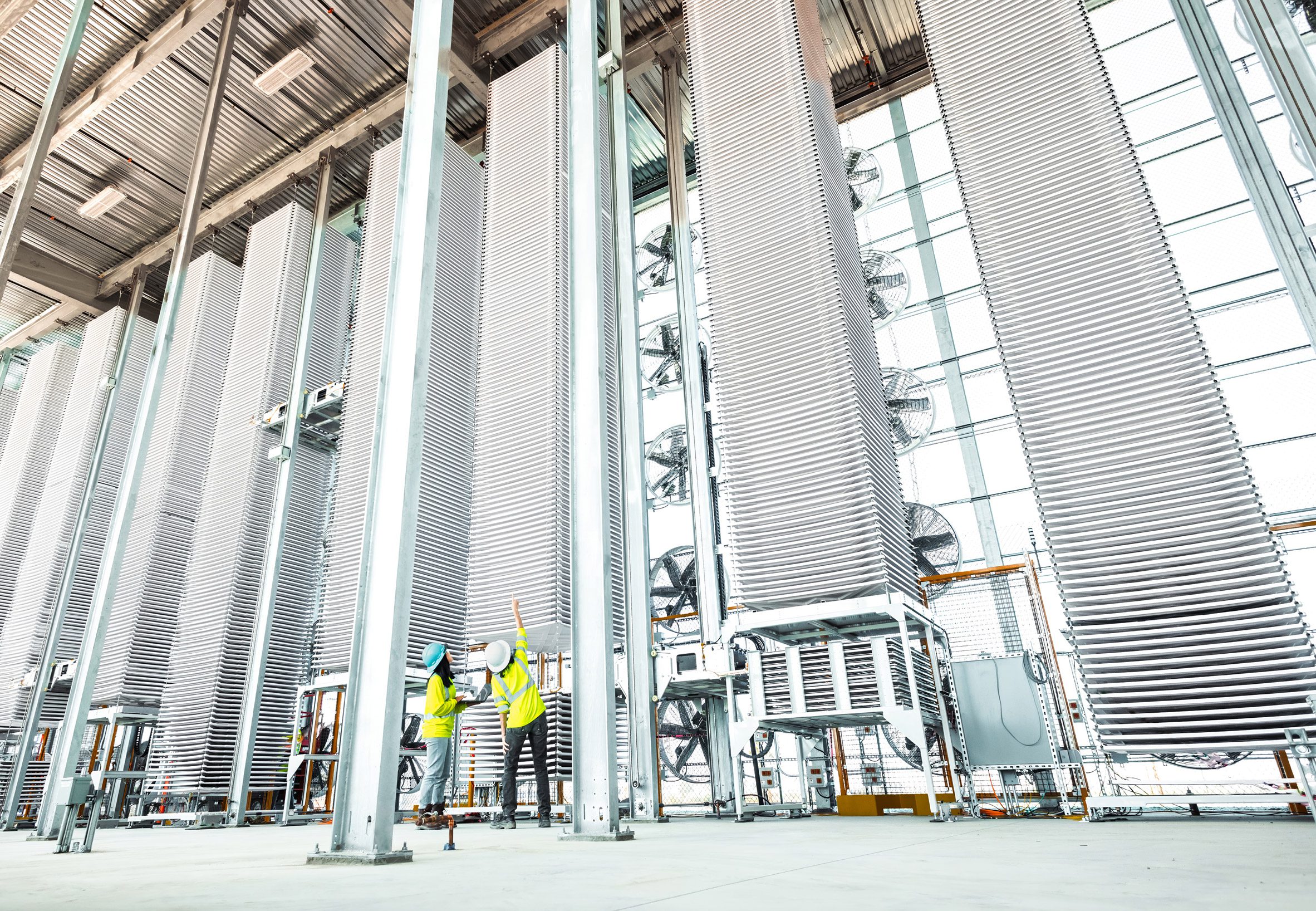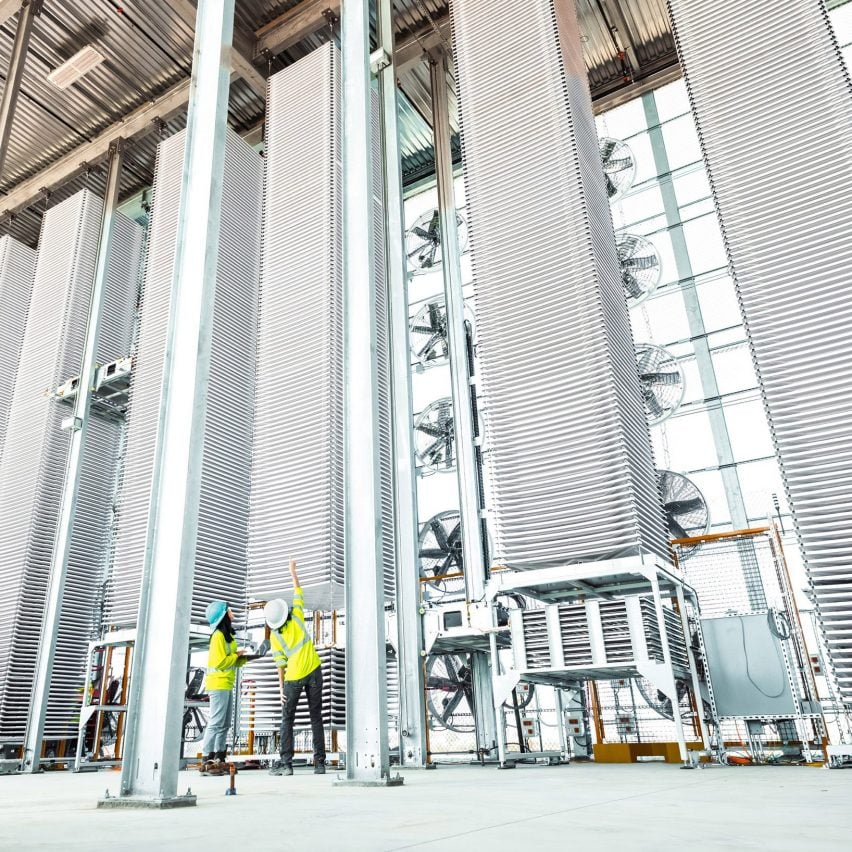A recent Stanford University study has concluded that carbon capture and direct air capture should be abandoned in favour of replacing infrastructure with renewable wind, solar, geothermal, and hydropower.
The study, conducted by researchers at the Department of Civil and Environmental Engineering at Stanford University, argues that renewable power sources are cheaper, more energy efficient and healthier than investing in carbon capture technology in 149 countries.
“You can have the most efficient way of removing CO2 from the air, but that does not change the efficiency of combustion,” said lead study author Jacobson. “You’re keeping that inefficient energy infrastructure the same.”
“It’s much cheaper and more efficient just to replace the fossil source with electricity or heat provided by a renewable source.”

For the Environmental Science & Technology study, the team projected two different “extreme” cases of energy infrastructure across 149 countries over the next 25 years.
One maintained an approximation of countries’ “current reliance on fossil fuels with some renewables, nuclear, and biomass” and added the infrastructure associated with carbon capture.
The other implemented “a complete switch to use heat and electricity generated by wind, solar, geothermal, and hydropower for all energy needs” with the addition of elements such as improved public transit, increased biking and telecommuting.
This scenario also proposed that hydrogen produced for air travel and shipping would be produced by water and electricity from renewable sources versus fossil fuels, which is how much of it is produced today.
The team then compared the annual energy costs, emissions, public health impacts, and social costs of each scenario.
According to the findings, if the 149 countries “successfully eliminated fossil fuels and biomass combustion” through the use of renewables, they would reduce end-use energy by more than 54 per cent, annual energy costs would decline by nearly 60 per cent and “hundreds of millions” of illness and five million deaths related to air pollution would be avoided.
“If you spend $1 on carbon capture instead of on wind, water, and solar, you are increasing CO2, air pollution, energy requirements, energy costs, pipelines, and total social costs,” said lead study author Mark Jacobson.
The study builds upon similar findings including in a University of Oxford study that warns against a “heavy dependence” on carbon capture and storage (CCS) as a means to reach the net zero energy targets many countries have adopted for 2050 as part of the Paris Agreement.

Overall, the studies have found renewable energy infrastructure to be the less costly and more efficient technology versus carbon capture.
CCS and Direct Air Capture (DAC) are techniques that extract CO2 from the atmosphere by passing ambient air over chemicals or filters. Extracted CO2 is then permanently stored or buried deep within the earth.
Infrastructure such as towers or large plants are constructed to achieve this feat, such as the “world’s largest carbon-capture plant” in Iceland by Swiss company Climeworks or a recently opened large-scale plant in the US.
Although the technology is in its infancy, CCS and DAC have been critiqued for high costs and in some cases, inefficiency.
In an opinion piece, Marcus Fairs explained how the technique is also used by the oil and gas companies as a “smokescreen” for enhanced oil recovery.
Others have also argued the benefits of carbon capture, such as its ability to mitigate carbon output in industries with limited renewable options, and researchers continue to develop ways to make the technology more efficient.
The post Study finds renewable energy infrastructure cheaper and more efficient than carbon capture appeared first on Dezeen.

